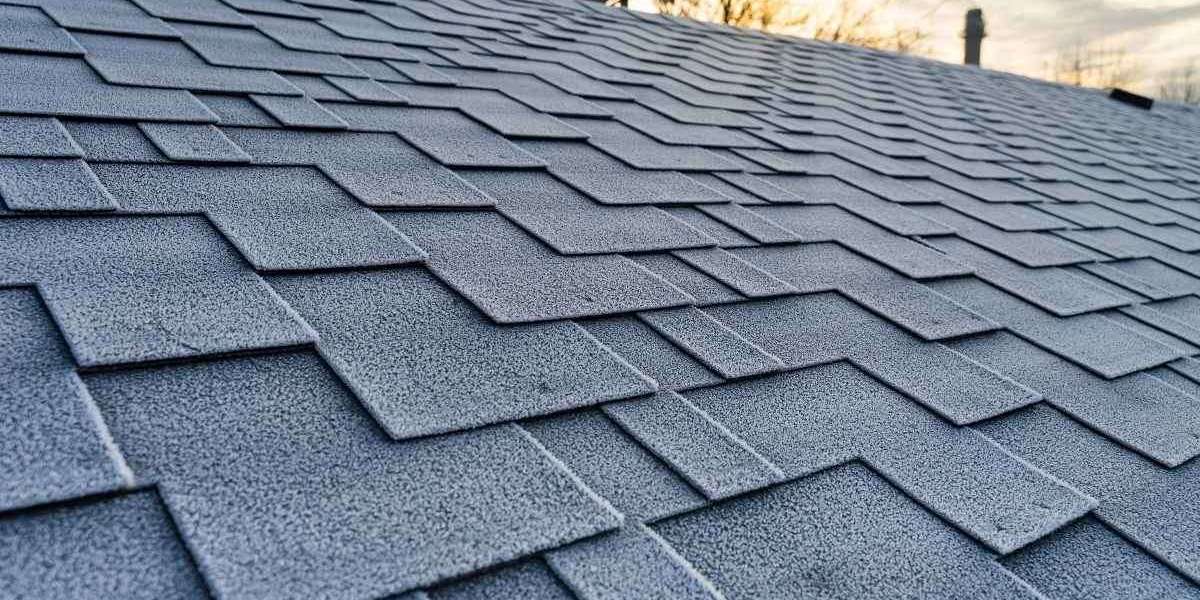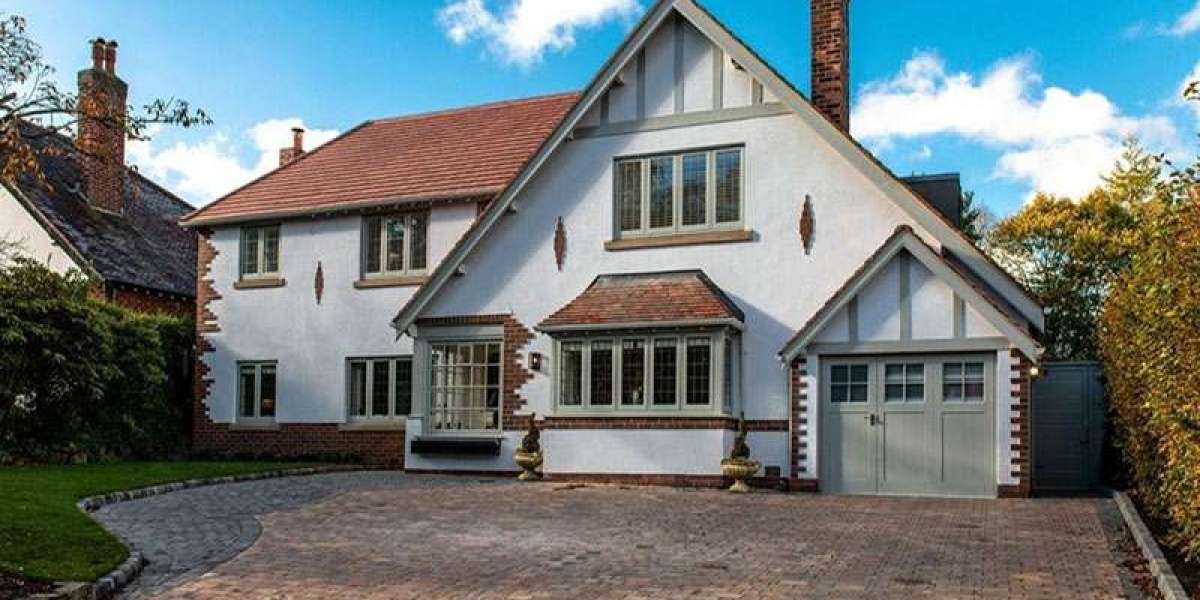Sun, heat, and UV are the three things that make roofs age faster in hot climates. For homeowners and property managers in places like Lakeland, Florida, choosing the right asphalt shingle is a practical decision: the correct product plus proper installation reduces attic temperatures, slows granule loss, and extends roof life. This guide explains the shingle types and technologies that perform best in heat, installation and ventilation considerations, a real-world case study featuring a licensed roofing contractor in Lakeland FL, and actionable buying guidance.
Why hot climates demand specific roofing choices
High solar radiation, elevated ambient temperatures, and strong ultraviolet exposure accelerate asphalt oxidation, cause thermal cycling, and increase granule loss. That shortens a shingle’s service life and can raise cooling loads inside the building. In hot climates, a roofing system that reflects solar energy and sheds heat — while resisting UV degradation and maintaining wind and fire performance — will deliver the best long-term value. Energy-efficient “cool” roofing approaches are especially important because they lower roof-surface and attic temperatures, reducing air conditioning demand.
Shingle construction: fiberglass mat is the modern standard
Modern asphalt shingles are built on either a fiberglass mat or an older-style organic mat. Fiberglass-mat shingles dominate the market today because the fiberglass core gives better dimensional stability, higher fire resistance, and less moisture absorption compared with organic mats. That structural stability helps shingles resist the repeated expansion and contraction that comes with daily heat cycles. For hot climates, fiberglass-based architectural shingles with UV-resistant granules are usually the more reliable choice.
What “cool” asphalt shingles actually do
Cool asphalt shingles use specially formulated, highly reflective granules and pigments to increase solar reflectance and thermal emittance. The goal is to reflect more incoming solar energy and emit heat more effectively, keeping the roof surface and the attic space cooler during peak sun. Studies and government guidance show cool roofing can reduce peak roof temperatures substantially and lower building cooling loads, which matters in climates where air conditioning is a primary energy expense. When shopping, look for manufacturer claims about solar reflectance, thermal emittance, and any Cool Roof Rating Council or ENERGY STAR designations.
Key performance factors to consider (beyond just color)
Solar reflectance and SRI: Lighter colors and solar-reflective granules increase reflectance. Solar Reflectance Index (SRI) combines reflectance and emittance; higher SRI indicates a cooler roof.
Granule technology and UV resistance: Granules protect the asphalt from UV; premium granules slow asphalt breakdown in sustained sun.
Algae/mildew resistance: Warm, humid climates encourage algae staining. Look for algae-resistant formulations or copper-coated granules.
Wind and impact rating: Hot climates still need wind performance. Choose architectural shingles rated for local wind speeds.
Warranty and performance backing: Warranty terms (coverage for granular loss, blistering, or manufacturing defects) vary; installation by a licensed roofing contractor is often required to preserve full warranty.
Top shingle choices and why they work in heat
Rather than naming a single “best” shingle, focus on the product features that matter most in hot climates. Here are categories and what to look for:
Cool-color architectural shingles (solar-reflective granules): These are engineered to reflect more sunlight while keeping the textured, high-end look of architectural (laminated) shingles. They lower surface temperature without requiring a white, industrial appearance. Certified cool options from major manufacturers provide documented reflectance values.
Algae-resistant lines: In humid, hot regions, algae streaking can degrade appearance and accelerate wear. Choose shingles marketed with algae protection (often copper-impregnated granules or biocide treatments).
High-performance laminated shingles: Heavier, dimensional shingles resist wind uplift and often carry longer warranties — helpful where heat alone isn’t the only concern.
Reflective specialty blends: Some manufacturers offer specific “cool” product lines with verified performance metrics; these combine heat reflection with standard shingle durability.
Installation and ventilation: as critical as shingle choice
Even the best shingle underperforms if installed on an overheated, unventilated attic. Attic ventilation, radiant barrier options, and correct underlayment are part of a system approach.
Continuous intake and exhaust ventilation (soffit + ridge or mechanical) keeps attic temperatures lower and reduces thermal cycling stress on shingles.
Proper underlayment and starter shingles protect edges and reduce blow-off risk during storms.
Attic insulation and air-sealing reduce overall building cooling load and limit heat transfer into living spaces. A licensed roofing contractor will evaluate roof deck condition, flashing, and ventilation before recommending materials. Government guidance emphasizes ventilation and whole-roof strategies when improving durability and energy performance.
Cost vs. long-term value
Premium cool architectural shingles cost more up-front than standard 3-tab shingles, but they deliver value in two ways: (1) longer service life when properly ventilated and installed, and (2) lower cooling energy use over time. In hot climates, the incremental cost often pays back through extended life and reduced air-conditioning hours, particularly on dark-roof homes where peak heat gain is significant.
Case study — licensed roofing contractor in Lakeland FL: cool shingles plus ventilation
Project brief: Residential re-roof in Lakeland, FL on a single-family home with an older dark shingle roof, an older attic with minimal insulation, and high home-cooling bills.
Assessment and solution implemented by a licensed roofing contractor in Lakeland FL:
Inspection and measurement: Contractor measured attic temperatures during peak sun and identified poor soffit intake and no effective ridge vent.
Product selection: Recommended a reflective architectural shingle with a documented cool-color option and algae-resistant granules to suit the humid Florida environment. Manufacturer cool ratings and warranty terms were discussed with the homeowner.
System upgrades: Contractor installed continuous soffit intake vents and a ridge vent to promote passive airflow, upgraded insulation and air-sealing at attic penetrations, and replaced underlayment with a high-temperature-rated synthetic underlayment.
Installation quality: Starter shingles, correct fasteners, and proper flashing details were used to meet manufacturer requirements and preserve warranty coverage.
Outcome: After the project, attic peak temperatures dropped measurably on a test day, and the homeowner reported noticeably lower cooling runtime. The licensed contractor documented installations and warranty registration, giving the homeowner confidence in long-term protection.
This composite example shows how pairing cool-shingle technology with ventilation and skilled installation by a licensed roofing contractor in Lakeland FL produces measurable benefits in heat reduction and roof longevity.
Practical buying checklist for hot climates
Choose fiberglass-mat architectural shingles with cool-color options and algae resistance.
Verify solar reflectance or ENERGY STAR / Cool Roof Rating if lower attic temps are a priority.
Confirm shingles carry Class A fire rating and wind rating suitable for your area.
Inspect and upgrade attic ventilation and insulation as part of the roof project.
Hire a licensed roofing contractor who documents installation details required for warranty coverage.
Ask about granule warranty and expected granule-loss thresholds over time.
Common myths debunked
Myth: Dark shingles are always cheaper and better. Reality: Darker colors can increase attic heat and shorten shingle life in hot climates unless offset by excellent ventilation and high-quality granules.
Myth: Any shingle labeled “cool” is the same. Reality: Cool roofing is measured; check solar reflectance numbers and independent Cool Roof Rating Council or ENERGY STAR listings when available.
Myth: Re-roofing alone fixes heat problems. Reality: Without ventilation and insulation upgrades, even reflective shingles will be less effective.
Final recommendations
For hot climates like central Florida, prioritize fiberglass-mat architectural shingles with proven cool-color options and algae resistance, but treat shingles as part of a full-system solution. The best long-term outcomes come from pairing high-quality products with proper attic ventilation, careful flashing and underlayment work, and installation by a licensed roofing contractor in Lakeland FL. A trusted company such as Feichtel Roofing of Lakeland brings local experience, proven techniques, and warranty-backed installation to ensure your roof stays cooler, lasts longer, and performs reliably under Florida’s intense heat.








